Type Lost city Notable person La | Notable characters La | |
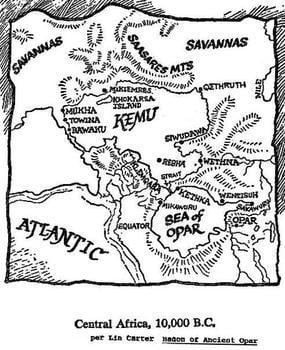 | ||
Opar is a fictional lost city in the Tarzan novels of Edgar Rice Burroughs and later the Khokarsa novels of Philip José Farmer and Christopher Paul Carey and various derivative works in other media. The city first appeared in the second Tarzan novel, The Return of Tarzan (1913).
Contents
- In the works of Edgar Rice Burroughs
- In the works of Philip Jos Farmer and Christopher Paul Carey
- In other media
- References
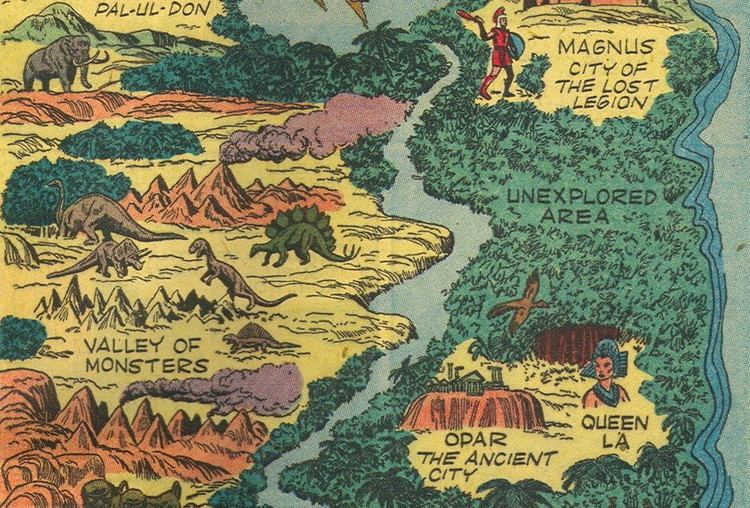
In the works of Edgar Rice Burroughs
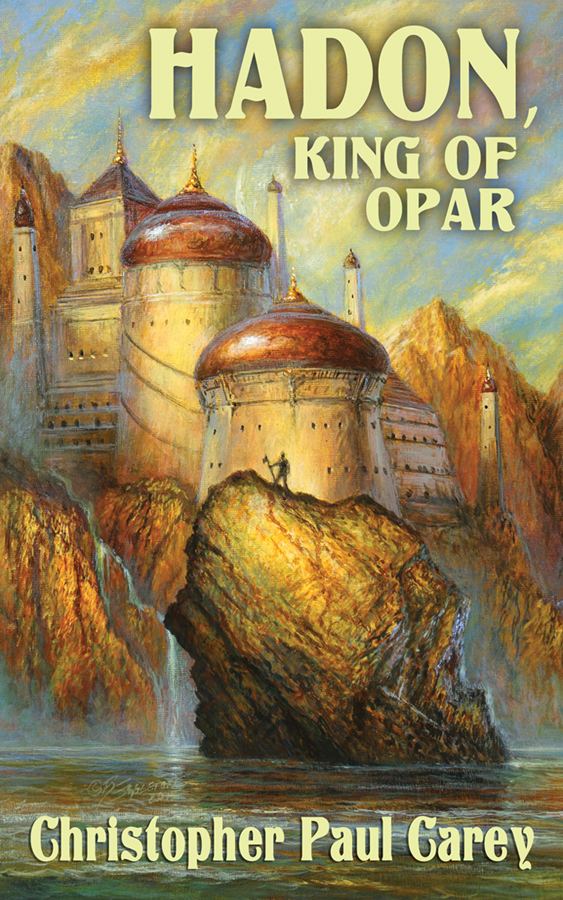
As envisioned by Burroughs, Opar is a lost colony of Atlantis located deep in the jungles of Africa, in which incredible riches have been stockpiled down through the ages. The city's population exhibits extreme sexual dimorphism caused by a combination of excessive inbreeding, cross-breeding with apes, and selective culling of offspring. Consequently, female Oparians appear perfectly human, while male Oparians are apelike brutes. The ruler and high priestess of the city is Queen La, who on her first encounter with Tarzan falls in love with him, and subsequently carries a torch for him. Tarzan, already committed to Jane Porter, spurns her advances, thus endangering his own life, as the religion of Opar condones human sacrifice. Yet he returns to the lost city time and again to replenish his personal wealth from its hoarded treasure.
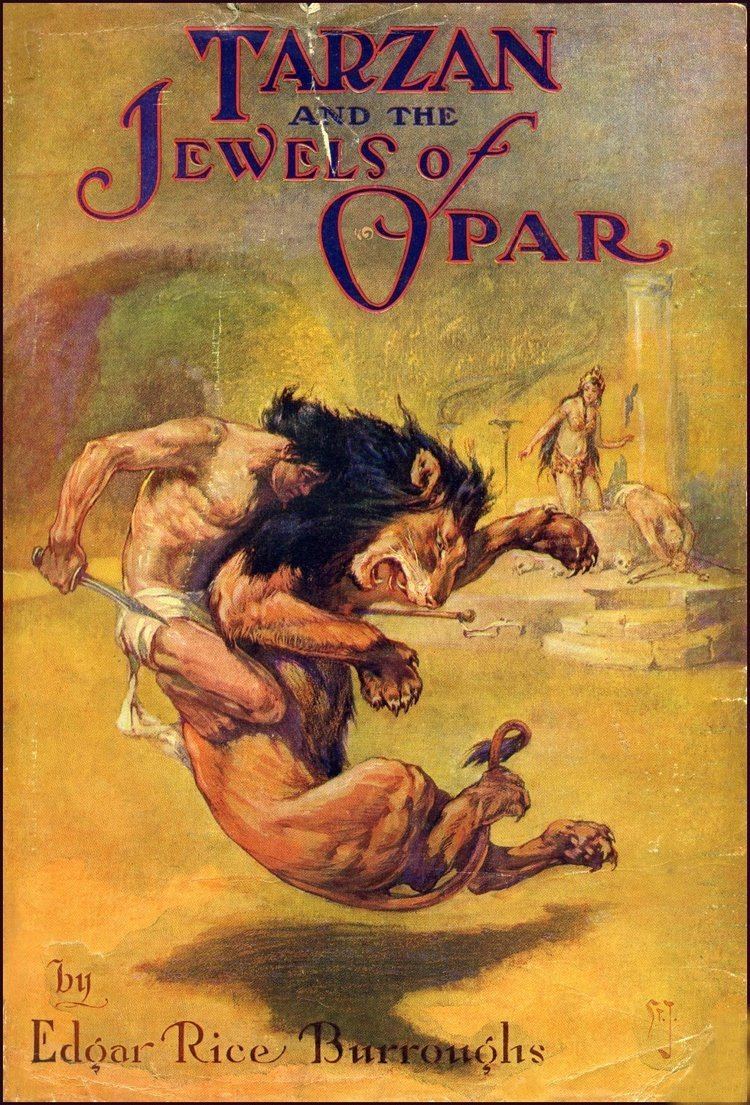
After its initial appearance in Burroughs's second Tarzan novel, The Return of Tarzan (1913), Opar is revisited in the fifth, Tarzan and the Jewels of Opar (1916), the ninth, Tarzan and the Golden Lion (1923), and the fourteenth, Tarzan the Invincible (1930). Exiles from Opar also appear in Burroughs' juvenile story "Tarzan and the Tarzan Twins, with Jad-Bal-Ja, the Golden Lion" (1936, later published as the second part of Tarzan and the Tarzan Twins in 1963). The events of this story occur between those of Lion and Invincible.
In the works of Philip José Farmer and Christopher Paul Carey

Opar is also the setting of Philip José Farmer's novels Hadon of Ancient Opar (1974) and Flight to Opar (1976), which focus on the ancient history of the city some 10,000 years in the past. In Farmer's vision, the interior of Africa was then occupied by two huge linked inland seas, which were the cradle of a pre-Egyptian civilization called Khokarsa. This primeval empire was based on an island in the more northern sea, taken to be Atlantis in the Tarzan books; the city of Opar, located on the more southerly sea, is portrayed as having been a small backwater in the Khokarsan realm.
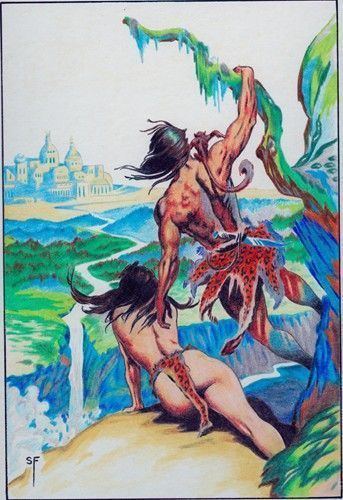
Farmer's novels mix in characters from the Tarzan series and H. Rider Haggard's Allan Quatermain series. Specifically, he strongly hints that the character Sahhindar, alias the time traveler John Gribardsun from his novel Time's Last Gift, is in fact Tarzan himself, while the characters Lalia and Paga are his versions of Haggard's Laleela and Pag.
While Farmer wrote only two finished Opar novels, he originally planned to continue the series, and in fact left two incomplete Opar works, the novel The Song of Kwasin and novella "Kwasin and the Bear God." Both were later completed by Christopher Paul Carey.
In other media
On film, Opar was seen in the early Tarzan movies The Adventures of Tarzan (1921), based on The Return of Tarzan, and Tarzan the Tiger (1929), based on Tarzan and the Jewels of Opar, as well as the film Tarzan and the Lost City (1998). Opar also appeared, in the guise of a generic African village, in Tarzan and the Lost Safari (1957), in which the Oparians were led by the male chief Chief Ogonooro (played by Orlando Martins) rather than the female queen/priestess La.
In the pre-title opening sequence for The Legend of Tarzan (2016), a fictionalized Léon Rom, portrayed by Christoph Waltz, led an expedition to secure the fabled diamonds of Opar to help finance the take-over of the African Congo for King Leopold II of Belgium. Rom's heavily-armed expedition was ambushed and massacred by native warriors, with only Rom himself surviving. Their tribal leader, Chief Mbonga (Djimon Hounsou), offered Rom the diamonds in exchange for Tarzan, played by Alexander Skarsgård. The film itself only mentioned Opar but did not actually show the lost city.
Opar has also appeared in some of the television series based on the Tarzan books. Most notably it appeared in the Disney TV adaptation, with La still ruling. However, the city's populace are humanoid leopards called the Leopard Men, who act as La's soldiers and servants. The Leopard Men are distantly based on the Leopard Society, a historical West African cult that Edgar Rice Burroughs had fictionalized in the non-Opar Tarzan novel Tarzan and the Leopard Men (1935). When La's sceptre is destroyed, the Leopard Men revert into their original leopard forms, La disintegrates into dust and Opar crumbles into oblivion. Even after the release of the Leopard Men, La's spirit possesses Jane and she (briefly) revives the city and creates statue warriors until Tarzan and a native African shaman interfere. Opar is again destroyed and La's ghost is condemned to be trapped inside a rat's body.
